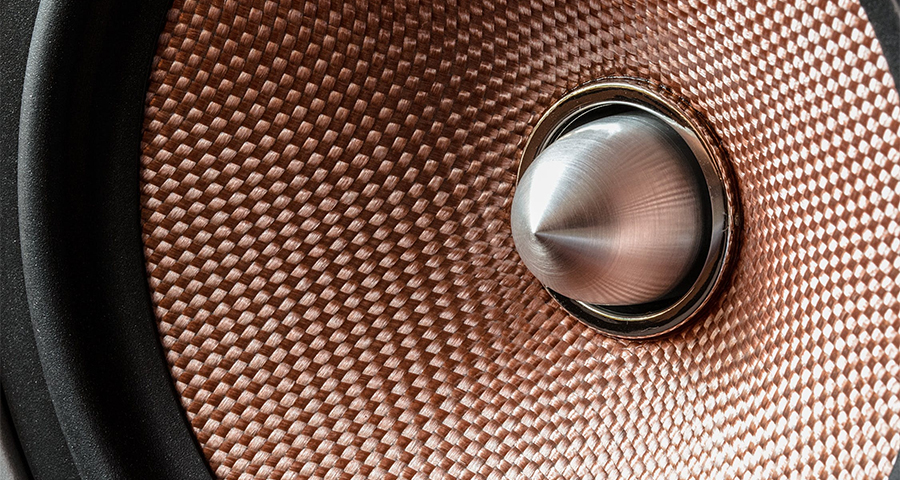Often, in order to move forward, you have to look into the past. We believe that this applies when it involves sound control performance standards of Operable partitions (Walls).
In the 1980’s NSSEA (National School Supply and Equipment Association) had within it’s association separate sections including the “Operable Wall Manufacturers Association”. As stated by NSSEA “OWMA was the logical coordinating body for establishment of a uniform set of standard practices and certification of products by all manufacturers of operable walls”. The need for a uniform means of measuring the sound performance of each make of partition became obvious primarily because the construction, materials , methods of suspension and operation vary with each manufacturer. ASTM E-90 was adopted by NSSEA/OWMA as the testing procedure to be used as the basis for comparison of sound performance.
ASTM E-90 designates the size of the test specimen as “the minimum dimension shall be 2.4m (7’ 10.5”) except that specimens of doors, office screens and other smaller building elements shall be their normal size.” Another paragraph says that “The specimen shall not be designated as an operable wall unless it opens and closes in a normal manner. It shall be opened and closed at least five times after installation is completed and tested without further adjustment” In other words the test procedure allows a manufacturer to test an operable wall (or just a panel?) that is 7’ 10’5” high as long as it is track and trolley mounted to an overhead support and can be opened and closed. There is no description of minimum widths, number of panels, closures etc. It should also be noted that sound leakage in an operable partition system will most likely occur around the perimeter of the system or where the panels come together in the opening. Rarely will sound be transferred through the body of panels. So the total perimeter dimension plus the total dimension between panels has to be considered when evaluating a test.
NSSEA/OWMA added additional criteria to the base ASTM E-90 test procedure that made it more realistic & specific to operable partitions. What was described in ASTM E-90 was not an operable wall. The lack of specifics especially the size of the test opening that was acceptable, allowed the manufacturer to acquire artificially high STC values that would not truly indicate the acoustic qualities of a full sized operable partition system. So they added the following:
- The manufacturer of the operable wall to be tested shall file complete drawings and specifications for construction and installation and shall state its type and model number.
- The test specimen shall be nominally 14’ 0” wide X 9’0” high. The 9’0” dimension shall be the distance from the top of the head section to the floor.
- Type of seals including method of actuation shall be submitted and described. (The perimeter seals are an integral component of a partition system and had to be clearly identified)
- Panel widths, thicknesses, weights and heights shall be submitted.
- Panel outer surface (not covering) material shall be submitted. (This was added to specifically identify what the outer skin was made of: not the covering )
- Operable Wall specimens shall be opened and closed at least 10 times. (not 5)
The partition was then tested under supervision by NSSEA, an STC value determined and a certificate describing the partition was issued and verified the test results. Acoustic equality amongst all manufacturers was achieved and specifiers could in all confidence compare one manufacturer to the other.
But this monitoring NSSEA group no longer exists and manufacturers who choose to do so are now playing by their own sets of rules taking advantage of ambiguities in the ASTM E-90 test procedure in order to simply acquire a higher number. They are also relying on specifiers simply looking at the STC number and not delving further into the details of the test itself.
- Manufacturer ”A” has tested a two panel system (each 89” high +/- X 46” wide +/-), 4.375” thick, one panel joint, no identified final closure system, mechanical top and bottom seals, steel skins, total sq. footage of 64.5 sq. ft., Total perimeter and panel joint dimension of 37.6 lineal feet. Opened and closed 5 times. Manufacturer “A” is reporting an STC of 56.
- Manufacturer “B” has tested a two panel system (each 98.5” high X 40.75” wide), 4” thick, one panel joint, an expandable panel closure, mechanical top and bottom seals with additional top and bottom sweep strips, steel skins, total square footage of 55.75 sq. ft. Total perimeter and panel joint dimensions of 38.2 lineal feet. Opened and closed 5 times.. Manufacturer “B” is reporting an STC of 56.
- Moderco has tested a 4 panel system (2 panels 106.5” high X 35” wide & 2 panels 106.5” high X 49.5” wide), 4” thick, four panel joints, an expandable panel closure (107” high X 8” wide), mechanical seals on base and fixed seals on top, steel skins, total square footage of 122.5 sq. ft. Total perimeter and panel joint dimensions of 81 lineal feet. Opened and closed five times. Moderco is reporting an STC of 55.
The Moderco system was tested in an opening approximately twice as large, had 4 panels rather than two and 100% more lineal footage of potential sound leakage footage than the other two manufacturers. And yet Moderco achieved an STC 55 as compared to their STC 56. And why did the other manufacturers choose to test in a much smaller opening with less panels and less points where sound leakage might occur? Every previous test they have conducted was in a full 14’ X 9’ opening. Did they conduct these sound tests to determine the STC rating of the panel design or did they go their simply to get a higher number? What STC would they obtain if they tested their systems in a full 14’ X 9’ opening?
Why not ask them?





